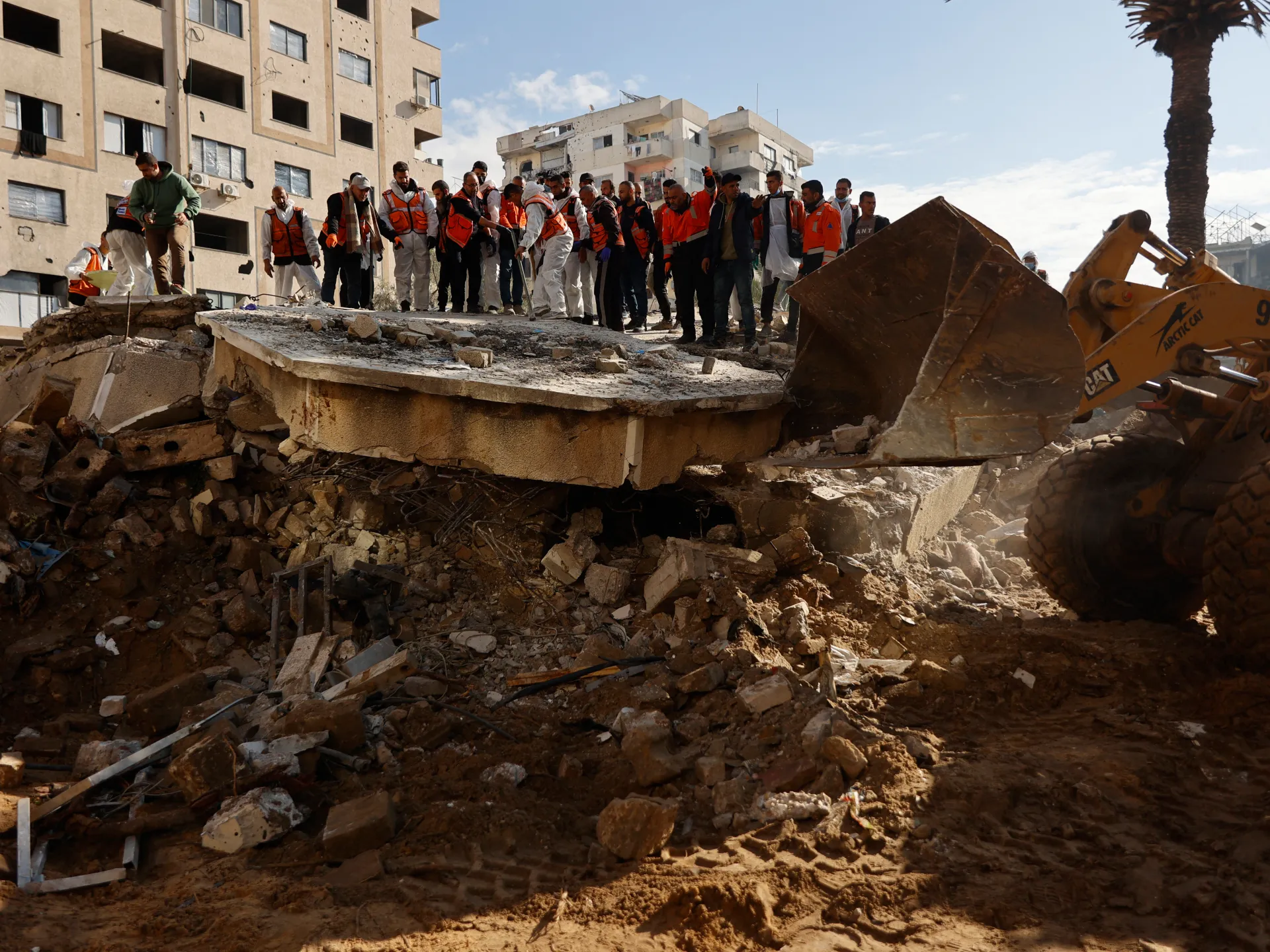Emmerdale’s Claire King has suffered from a debilitating health condition for several decades
Emmerdale legend Claire King has candidly opened up in the past about her health battles.
Claire has been a firm favourite on the long-running soap since 1989 – and as the man-eater queen of the village Kim Tate, she has played a part in several big storylines.
From her many feuds in the Dales to faking her own death, her time on the show has not been short of drama over the years.
Kim’s also been involved in several famous romances – including her affair and marriage to Frank Tate (Norman Bowler) and her recent romance with Will Taylor (Dean Andrews), who sadly died at Christmas last year.
And on the soap recently, Kim was left fighting for her life after her horse Ice was spooked by shooters on the Home Farm estate and she was thrown off. Although managing to make a recovery, her beloved horse had to be put to sleep after sustaining a horrific injury.
However, away from the soap Claire has faced her own health battles. Over the years, she has been open about her struggle with rheumatoid arthritis over the years.
Claire told OK!: “When I was first diagnosed I was worried, as I was ignorant of the ins and outs of it. I was only in my twenties.
“Over the years they’ve improved various treatments, so my doctors are very good. I manage it. I have various pills and injections every week and I just get on with it. There are certain things I can’t do at work, like wearing killer heels for more than five minutes.
“And the costume department has to do up all of my buttons, as it takes me ages. Doing my hair and make-up takes me a bit longer too, as I’ve got metal in some of my fingers.”
She also said: “I struggled to go to work and do the things I love, like horse-riding, because of the terrible pressure it put on my knees.
“I can certainly relate to the ‘invisible disease’ – although my symptoms don’t always show, it doesn’t mean I’m not in pain or feeling exhausted.”
Meanwhile talking to Health Awareness, Claire revealed: “My joints swelled up, and my knees felt like someone had hit them with a mallet.” Making a heartbreaking confession, Claire added: “You just think, ‘this is an old person’s disease, am I going to end up in a wheelchair?’.
“There was very little treatment available at the time. You just tend to think the worst.”
**For the latest showbiz, TV, movie and streaming news, go to the new ** Everything Gossip ** website**


